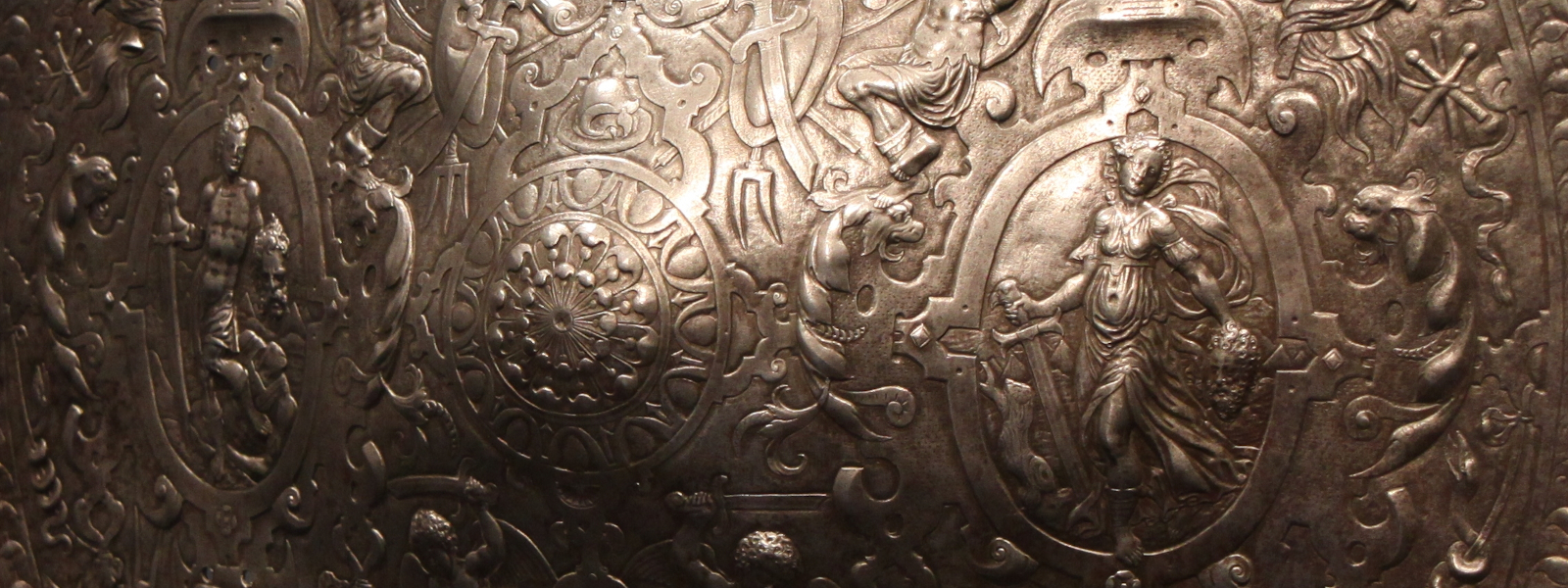As I read through some published modules and plan my new fantasy campaign I substitute every bland magic item and vanilla +# weapon with something more colorful.
This my reworking of a bland +1 short sword wielded by goblin leader in a module for character levels 1-3.
Type:
Short Sword, acts as +1 but gives no bonuses except the abilities described below, ie. it can hit creatures that require +1 but gives no +# bonus to hit or damage.
Description:
Double-edged short sword. Both hilt and blade is translucent, but the grip is wrapped in fine dark leather for comfort. The circular pommel acts as a small magnifying glass and can be used as such. The scabbard is plain leather with no particular marking or pattern. The inside however is extremely soft and tight to protect the blade. The blade is preternaturally sharp and capable of dismembering even an armored enemy.
History:
Old beyond memory these swords were once made for an ancient army in the battle against an opposing force of magnificent constructs. The swords were sharp enough to injure the otherwise indestructible golems, but also prone to shatter in the hands of the inexperienced. At the time of their making the swords were not particularly rare, but most was destroyed during the war with the constructs, shattered in the hands of the untrained or lost in the many aeons that has passed. The knowledge of how to make these weapons are also lost.
Game effects:
Exploding damage: On a strike doing maximum damage the sword will do an additional die of damage. This effect stacks.
Shatter: on a fumble (attack roll of 1) there is a chance it will break. Roll 1d6. The Glass Blade of the Ancients will shatter completely on a result of 1. It is otherwise difficult to damage, but if so happens it will loose its magical properties. The blade is impossible to repair as the art of making Glass Blades is lost.
Magnifying glass: Can be used to make fire, but need a directional light source equal to the sun. Using the magnifying glass to study small or detailed objects can sometimes give clues about the objects making, origin or peculiarities (can require an INT check, in that case with +2 bonus).


